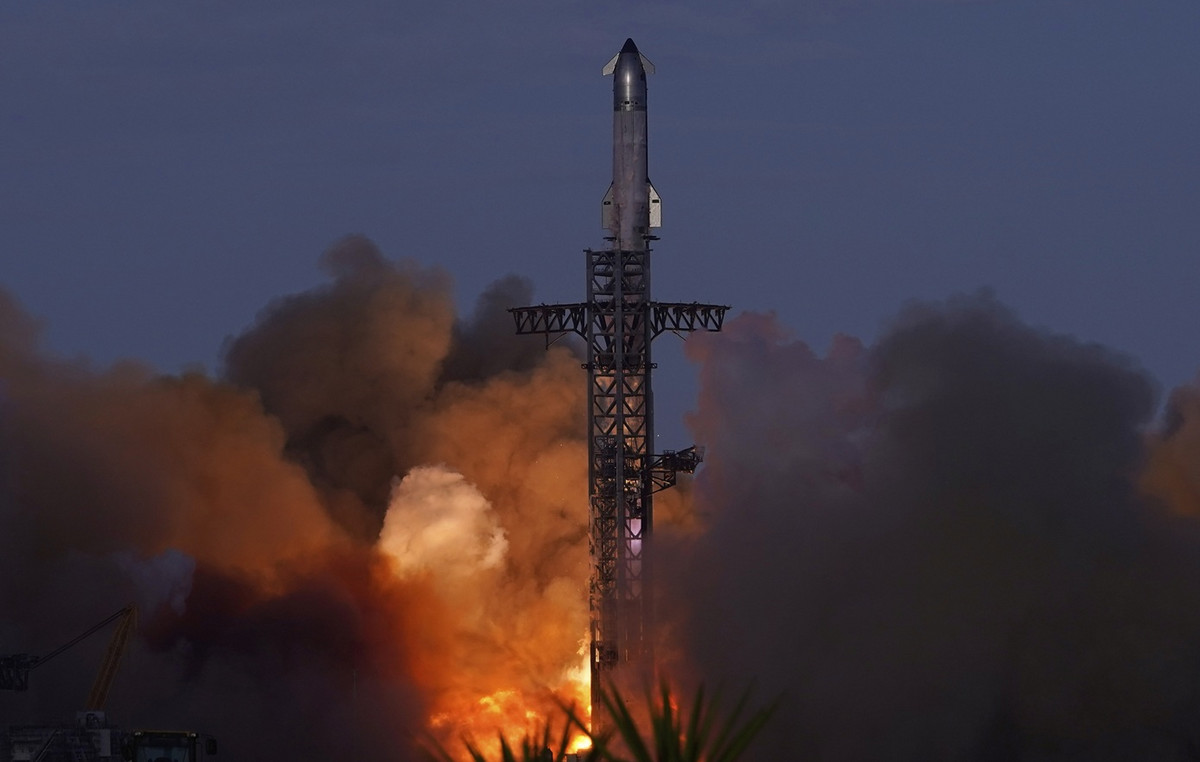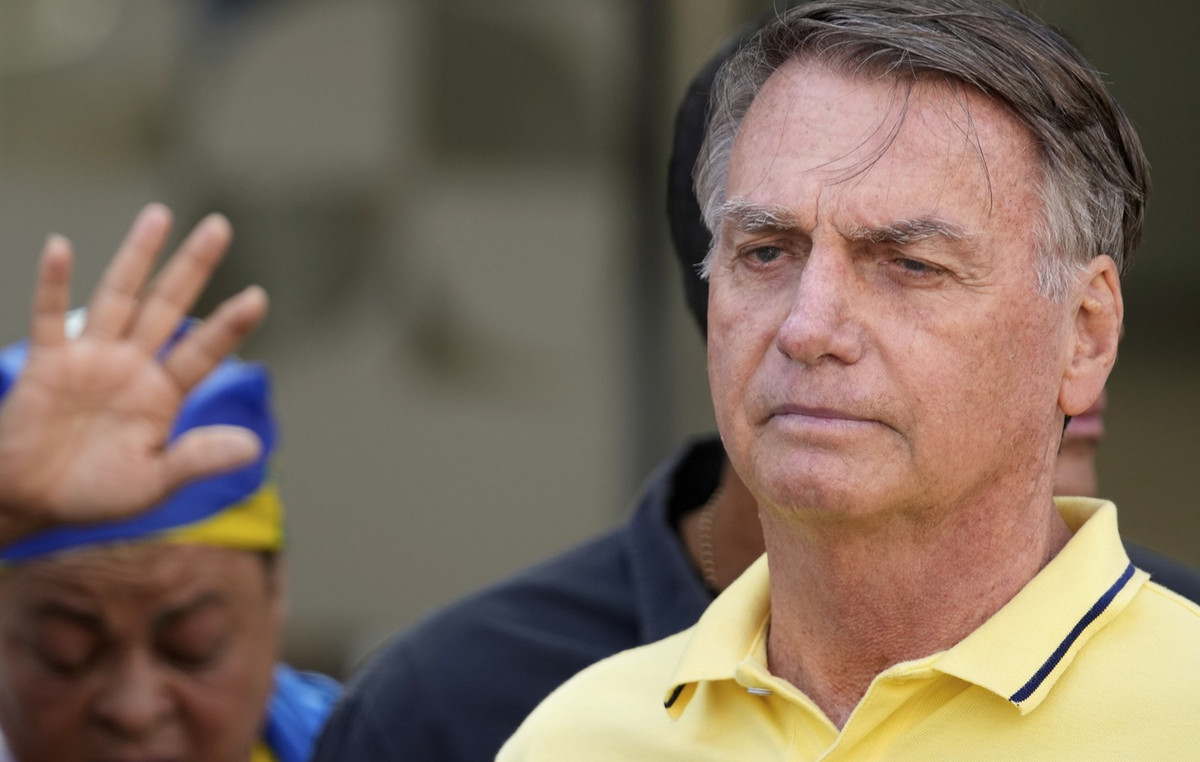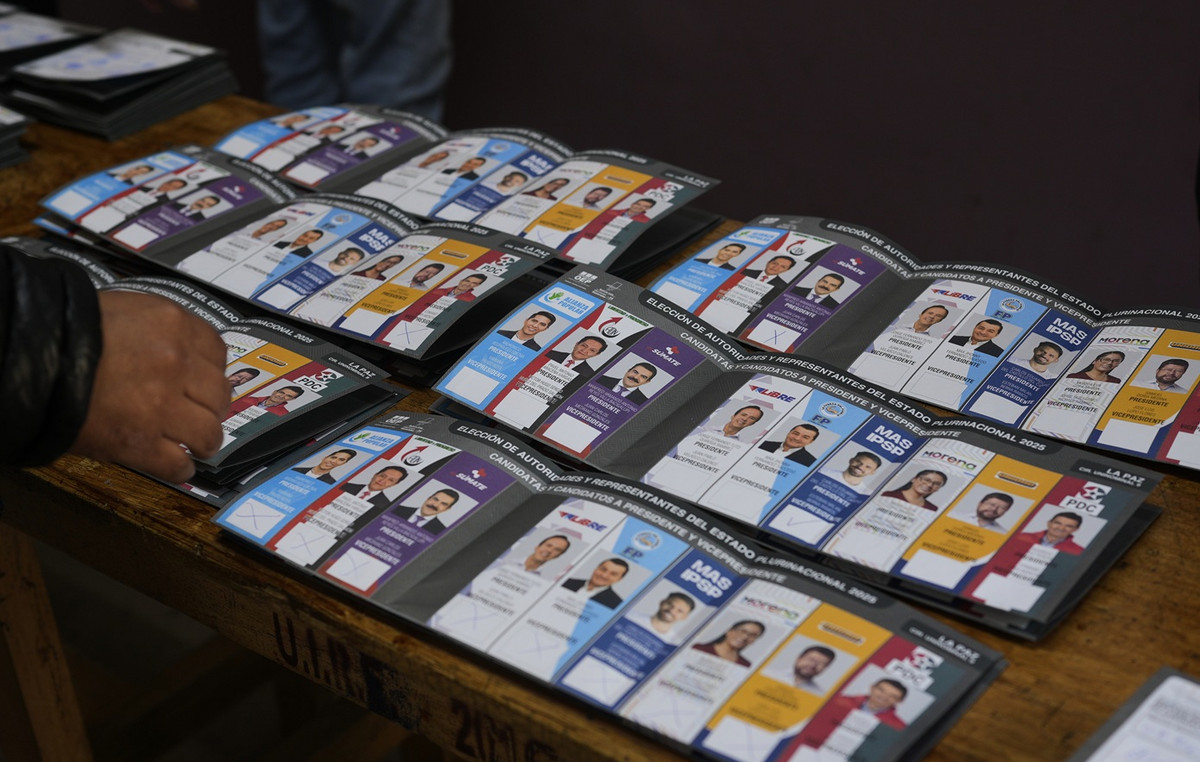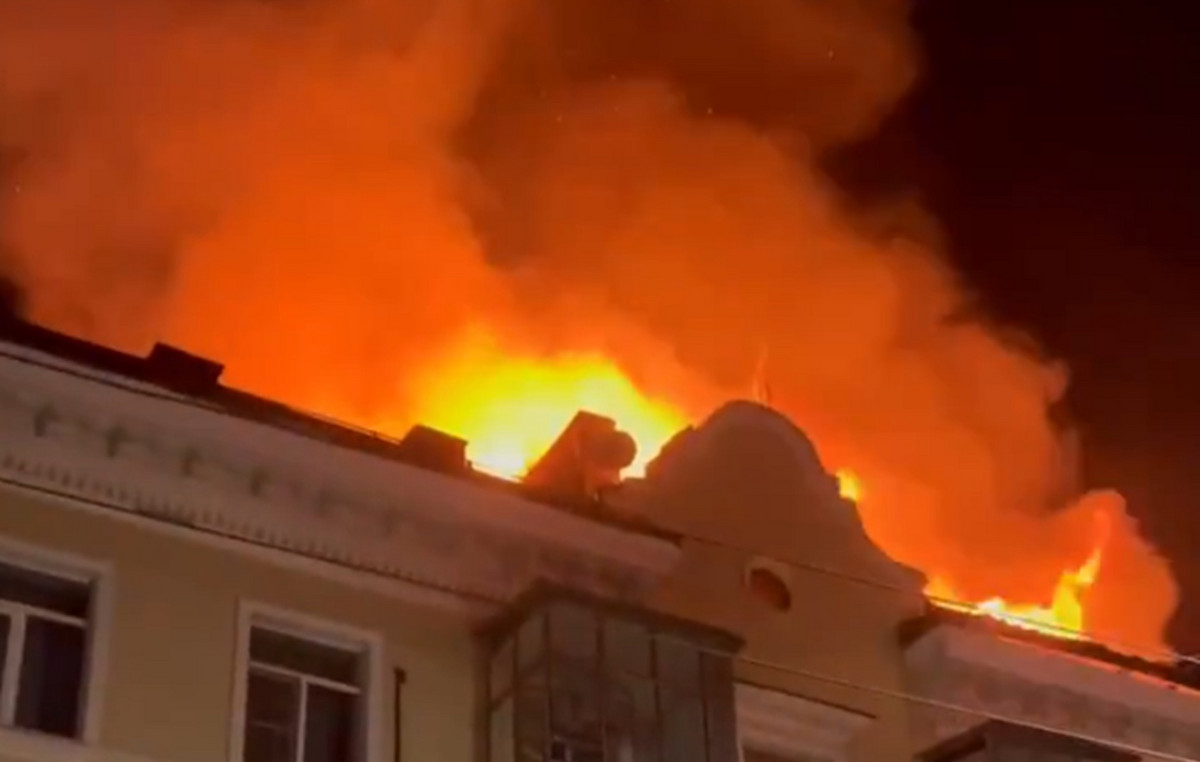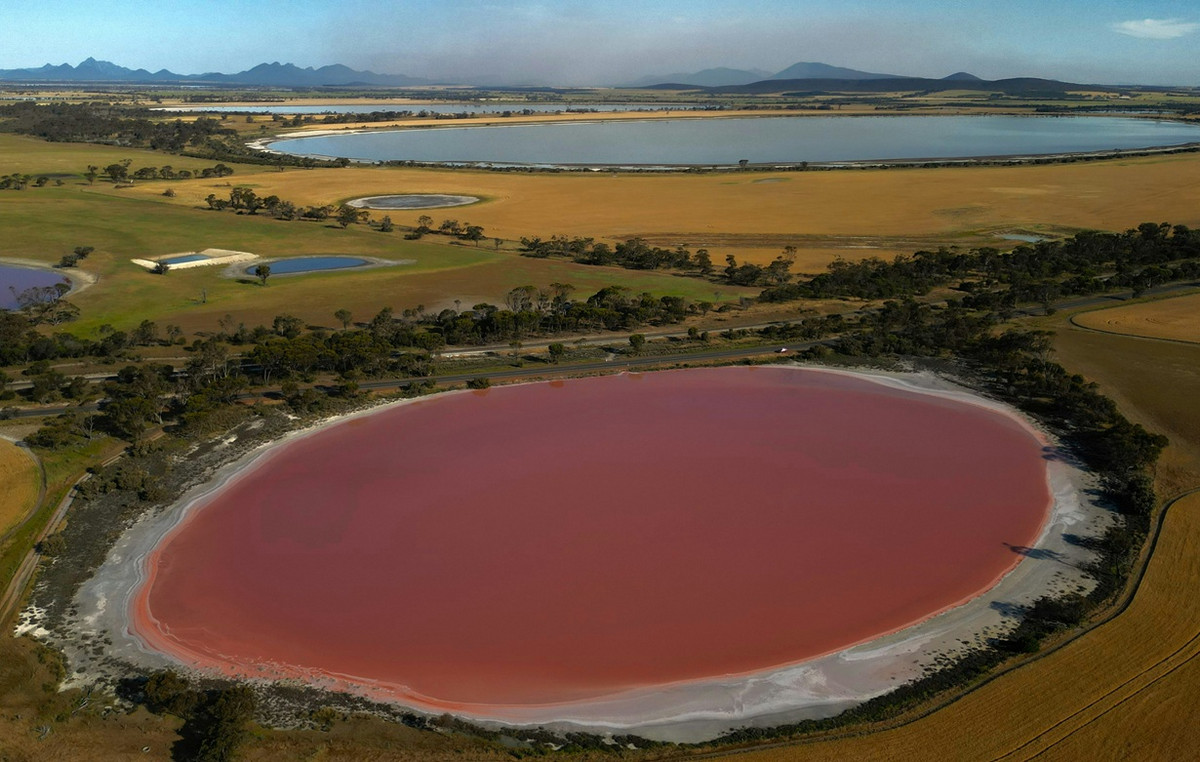O dollar operates in decline this Tuesday (22), favored by high interest rates in Brazil and also by a flow aimed at markets linked to commodities and seen as cheaper. The escalation in tension between Russia and Ukraine remains on the radar of investors, but still does not overcome the factors that increase the real.
At around 9:23 am, the US currency was down 0.56%, quoted at R$5.078. The first-maturity dollar futures contract traded on B3 retreated 0.56%, to R$ 5.075.
On Monday (21), the dollar fell by 0.70%, quoted at R$ 5.105, the lowest value since July 29, 2021. Ibovespa fell 1.02%, to 111,725.30 points.
Ukraine
On Monday, Russian President Vladimir Putin’s recognition of the independence of two breakaway regions in eastern Ukraine, with permission from sending troops to areas, negatively affected the market, with several exchanges ending the day in the negative. The United States and its allies responded to the act with a series of sanctions.
The new scenario was not absorbed by the market in the final stretch of dollar negotiations in Brazil on Monday, but should focus the attention of investors throughout the week.
The potential for further escalations involving the Russia and the Ukrainelike an invasion of the country, increases risk aversion of investors and leads to the search for the dollar. For André Perfeito, chief economist at Necton, “the increase in tension may favor the real via higher commodities”.
The situation has not yet overcome the benefits for the real of a cycle of investment migration to markets linked to commodities and seen as cheap, with Brazil also benefiting from high interest rates, which limits the effects of bets on an aggressive interest rate policy. fur Federal Reserve.
abroad
The cycle is linked, in part, to expectations of more pro-growth measures in China that are raising hopes of a recovery in demand for metals, which leads to higher prices. On the other hand, interventions by the Chinese government in the market have generated recent drops, in a rise and fall in the price.
In the case of oil, analysts at Goldman Sachs say that Brent prices should surpass $100 per barrel in this year. According to them, the oil market remains in a “surprisingly large deficit” as the effect of the Omicron variant of coronavirus in demand for the commodity is, so far, lower than expected. In addition, the Ukraine tensions drive prices upalready above US$ 90.
Another factor that weighs on this movement is the expectation of interest rate hikes in U.S in March, by 0.25 or 0.5 percentage point, reinforced by inflation data slightly higher than expected. As a result, foreign investors have withdrawn from the US stock market.
With US inflation hitting a four-decade record, the Fed has been giving the markets tougher indications, but the minutes of the bank’s last meeting did not make clear the size and rhythm of the grip that the US central bank will make, indicating that decisions will take place at each meeting due to the economic context.
Any interest rate hike in the country may affect investments in Brazilas it makes US Treasury bonds even more attractive to investors, putting negative pressure on the real.
Brazil
On investors’ radar is also the call Fuels PEC, which would allow the suspension of taxes for these products. Representing a possible lack of expenditure control, the topic has the potential to negatively affect the real and the Ibovespa.
Two PECs have already been filed, one in the Senate and another in the Chamber, with calculations of loss of revenue ranging from R$ 18 billion to R$ 100 billion depending on the content, but the focus at the moment is two bills on the subject that can be voted on. this week.
One of the PLs determines a fixed ICMS charge for fuels, with the state tax no longer varying following product price fluctuations, and expands the so-called gas voucher for Brazilian families.
The other would create a fund to stabilize the price of oil and derivatives (diesel, gasoline and LPG), with a new policy of internal sales prices for distributors.
Test your knowledge about the Ibovespa
Let’s start with an easy one: what is the Ibovespa?
Who is responsible for calculating the Ibovespa?
What types of assets are eligible to be listed on the Ibovespa?
Which of these is NOT a criterion for a stock to enter the Ibovespa
How many shares are currently in the Ibovespa theoretical portfolio?
How often is the Ibovespa theoretical portfolio reviewed?
What is the most important stock on the Ibovespa?
What is the smallest share on the Ibovespa?
Each Ibovespa point is equivalent to 1 real. This statement is
What is the historical record for closing the Ibovespa?
Try again!
Tip: follow CNN Business to understand more about Ibovespa
Nice job!
You know a lot about the Ibovespa, but you could know a little more
Sensational!
Congratulations! Are you an Ibovespa expert?
*With information from Reuters
Source: CNN Brasil
I am Sophia william, author of World Stock Market. I have a degree in journalism from the University of Missouri and I have worked as a reporter for several news websites. I have a passion for writing and informing people about the latest news and events happening in the world. I strive to be accurate and unbiased in my reporting, and I hope to provide readers with valuable information that they can use to make informed decisions.

